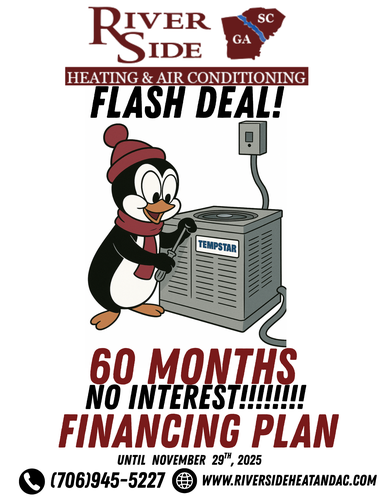It is that time of year again, where we get into the car and it feels like we sat down inside an air fryer. Springtime brings many great things to bloom, but it also brings the heat that will be with us for the next several months.
Some of you may have turned your air conditioner on for the first time this year and were met with poor results. For most people, the AC is now a modern necessity, and doing without is a non-starter.
So, what should you do?
Modern air conditioners aren’t too different in operation from the first ones ever installed on cars. Cadillac was the first company to offer AC, and that was back in 1930. In 1955, only 2% of cars were sold with AC, and that number swelled to 98% in 2020.
What has also swelled in the past few decades is the price of repair to these systems.
According to Consumer Affairs, the average automotive AC repair bill is between $400 and $550. As a technician, I have seen this number much higher. Repairs can range from replacement of a 50 cent O-ring, or thousands to replace the entire system.
If your car is blowing hot air, it is going to be hard for you to tell what the issue is without professional help.
Most shops that offer AC repair will be able to diagnose most basic problems for around $150 or less. If your car has a refrigerant leak, it may take more time if the leak is small.
To find leaks, we will inject your system with a dye that glows under ultraviolet light. After some time for the leak to present itself, the dye will seep out and show exactly what needs to be fixed. Multiple leaks can and do happen, especially in older systems.
Compressor failures are normally the most expensive AC system failures, and it is unfortunately one of the most common. When a compressor fails, it sends debris of metal and Teflon throughout the entire system. This is referred to by techs as “black death” and the system needs to be completely clean before a new compressor is added.
Older model vehicles used to have easy systems to flush after compressor failures. The newer systems have so many small parts that can trap debris, that most of the time they cannot be flushed completely.
Main components, such as the condenser, hoses, and accumulator will have to be replaced as well so they don’t contaminate the new compressor. This adds to parts costs and labor times.
A common misconception is that cars “use” refrigerants. This is not true. The only way for a system to be low is for the system to have a leak or if it was undercharged in the first place.
Throwing refrigerant at a problem is not only a waste of good money, it is harmful to the environment.
Technicians are required to get their “Section 609” certification from the Environmental Protection Agency to handle more than two pounds of refrigerant or to use certain tools for servicing automotive air conditioning systems. The cans you see in auto parts stores are under two pounds, which is why they can be sold without this license.
Some of these cans will include a sealant that is a “cure all pill” to your AC leak. These sealants rarely work and can not only damage your system, but the machinery we use to service your car.
I test for sealant on every car I service, and if detected, I decline to work on the car. The proper way to fix the car is to repair the leak.
A newer addition to automotive climate systems is the cabin air filter that filtrates out dust, pollen, and other contaminants. Cabin air filters can clog over time and reduce the airflow of the system.
These filters are normally inside the trim work of the dash or under the hood and can be replaced easily. Some are more difficult than others, so be sure to consult a good how-to video if you are wanting to attempt the repair yourself.
Your owner’s manual should tell you the replacement interval, but many times it is good to check the condition yourself, especially in dusty conditions or pollen season.
As for me, I will see you on the road!











